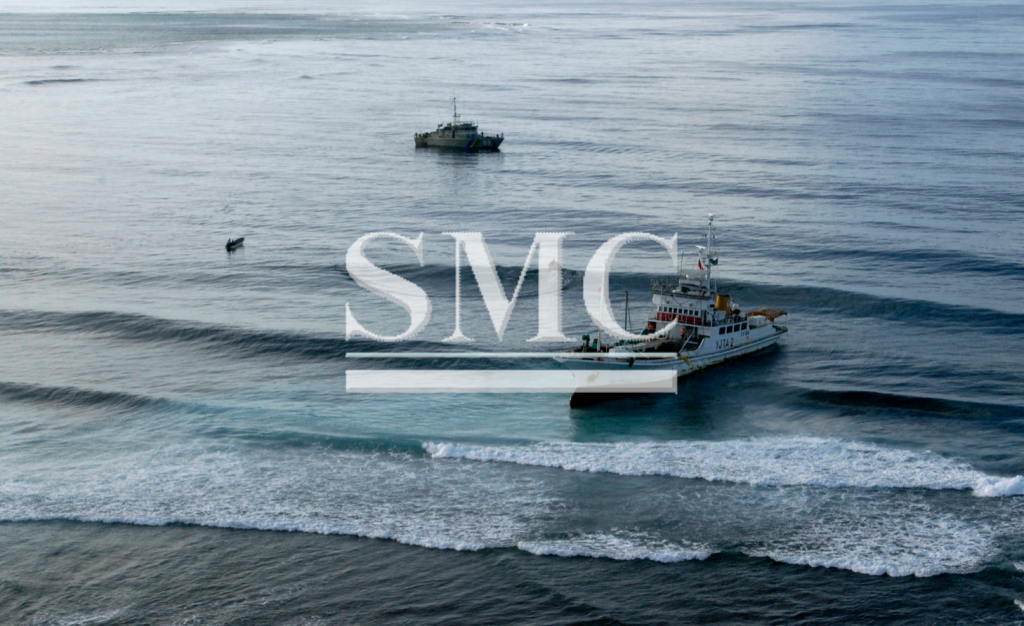
- Información general de la corporación Corazón de la corporación Visión & Filosofía Asociación Certificación Cultura de la empresa
- Nuestros servicios Diseño e Ingeniería Mantenimiento y Servicio Examinar la Línea de Producción Actualización y Transformación Almacenamiento y Logística Procesamiento y Comercio
- Administración Nuestra historia Responsabilidad global
- Centro de adquisiciones Pasantía
- Metal Productos de Aluminio Productos de Cobre Productos Revestidos de Metal Productos de Acero Inoxidable Productos de Acero Aleación Especial
- Construcción Rejilla de Acero Estante de Almacenamiento Estructura de Acero Puente de Acero Sistema de Andamios Material de Construcción Materiales químicos One Stop Solutions for Projects
- Contenedores Contenedor Estándar ISO Contenedor del Equipo Contenedor del Almacenamiento Casa de Contenedor Contenedor Frigorifico / Contenedor Aislado Contenedor Offshore
- Maquinaria Máquina de Formación Metálica Otras Máquinas Máquina de Corte de Metal Máquina de Procesamiento de Metal Máquina Dobladora Máquina de Bloqueo
- Productos Mecánicos Industria del Vehículo Miscelánea Equipo de Amarre Equipo Marino Recipiente de Presión
- Sistema Eléctrico Cable Eléctrico Automatización Distribución de Energía Sistema de Energía Solar Sistema de Protección Eléctrica Transformador Línea de Producción Sistema de iluminación
- Accesorios Médicos Productos de Alimentación Productos de Vía Respiratoria Productos de Enfermería Productos de Inyección
- Maquinaria de construcción
- Proyecto EPC
- Oleoducto
- Tubería de agua
- Gasoductos
- Accesorios para Barcos y Amarres
- Metal para decoración
- Componentes de transformadores
- Tubo del Intercambiador de Calor
- Repuestos y Accesorios de Aire Acondicionado
- Caldera
- Electrodomésticos para Cocina y Baño
- Metal para Electrodomésticos
- Aparato de Energía Solar
- Ascensor
- Techos y Cubiertas
- Cable
- Tanques
- Embalaje
- Partes y Accesorios de Maquinaria y Equipos
- Molde
- Partes de Automóvil
- Carriles y Rieles de Grúa
- Accesiorios de Hardware
- Abrasivo
- Equipo de Construcción de Carreteras
- Componentes Electrónicos
- Materiales de construcción y decoración
- Puertas y Ventanas
- Refrigeradores
- Comunicado de prensa Noticias de la Industria Metálica Noticias de Maquinaria y Equipo Noticias de Construcción y Obra Noticias de Productos Mecánicos Noticias de Contenedores Noticias de Sistema Eléctrico Noticias de Accesorios Médicos
- Mediateca Videos Imágenes Seguir las redes sociales de Shanghai Metal
Everything you need to know about Aluminum patrol boat
These vessels may be constructed from either aluminum or fiberglass, each material having its own set of advantages and disadvantages from a lightning protection perspective. A common requirement for both is that the protective zone covers the whole deck area. Careful attention is paid to bonding of metallic fittings to prevent hazardous voltages from forming. Enhanced grounding minimizes the absolute potential reached by the craft during a lightning strike. This lowers the risk of a sideflash to a nearby floating object. Given the rigorous use expected, all components are heavy duty and designed for the marine environment, and careful attention is made to interconnections to minimize the risk of overheating.
Special hazards
Whether the patrol involves interception or rescue, being able to operate in all types of weather is a prerequisite for this type of craft. Since operations are possible in the middle of severe storms, safety for the crew is paramount, and survivability of engine electrical systems and communication electronics is highly desirable.
Layout
The lightning conductors and grounding electrodes would be required for an fiberglass hull. This system has the following features: multiple external air terminals that provide a protective zone over the whole deck, four grounding electrodes, aluminum hull used for contact ground, DC ground connected to lightnig system via isolating air gap.

Surge suppressors on communication antennas improve the survivability of these key systems. In order to place all crew members in a zone of protection, the tips of the external air terminals are higher than the head of a crew member. This provides far superior protection to a single rod, and the air terminals can be much lower. provide external paths for the lightning current. The aluminum hull provides the necessary electrical connections between the air terminals and the grounding electrodes. The two electrodes at the stern of an aluminum patrol provides alternative discharge paths to the engine outdrives to lower the risk of engine damage while the two electrodes amidships offer a direct path to the water surface whether the craft is sationary or moving at top speed.
Observations of surface discharges from lighting strikes and high voltage discharges indicate that the most efficient way to divert the lightning electrical energy from the boat is towards the surface of the water where the charge to be neutralized resides.